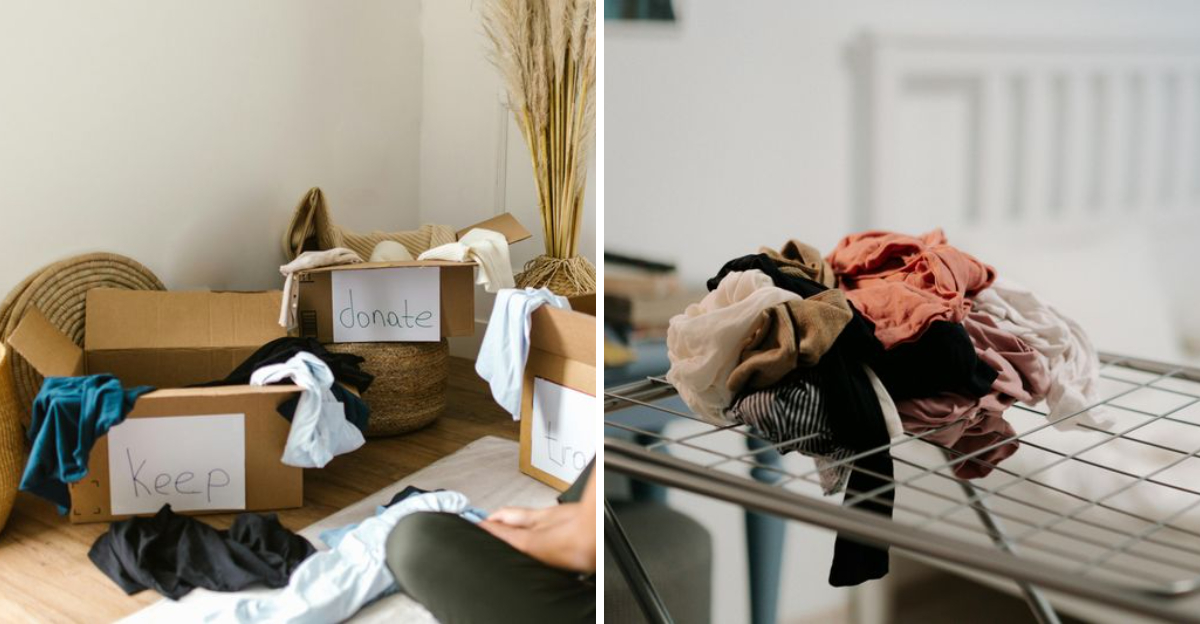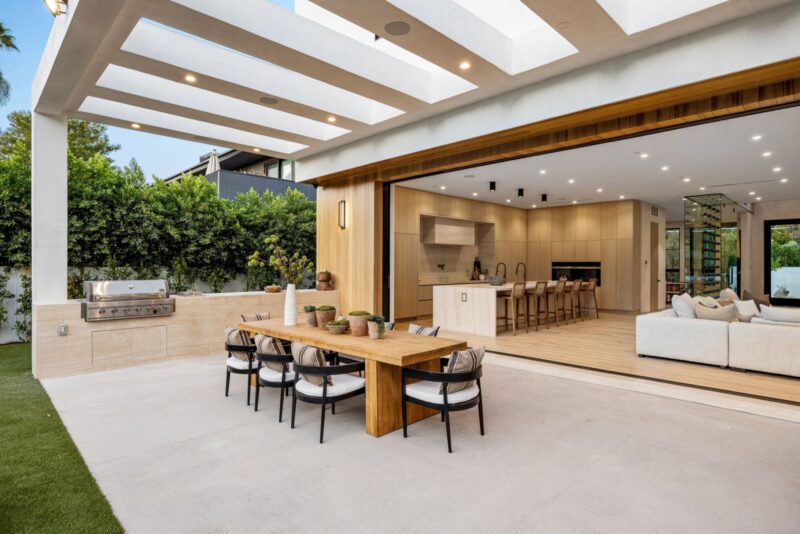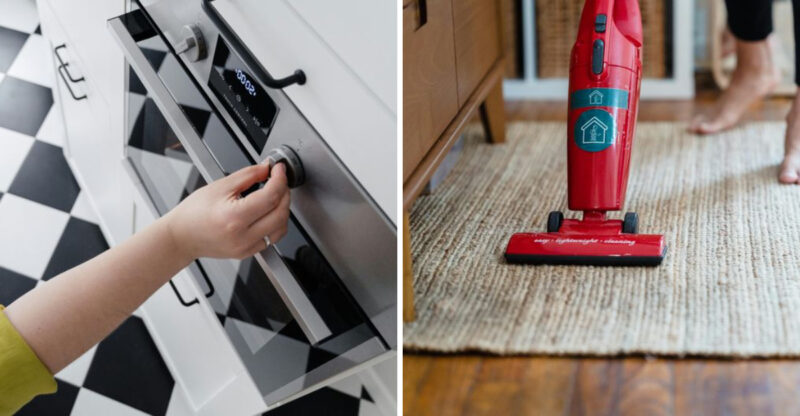11 Bad Habits That Can Slowly Make Your Home Feel Cluttered

Ever wonder how your home seems to get messy even when you’re constantly tidying up? You’re not alone, sometimes it’s not about how often we clean, but the small, sneaky habits we don’t even realize we’re doing.
From that growing pile of unopened mail to the “just-in-case” drawer that’s overflowing, these everyday actions can quietly turn a calm space into a chaotic one. Let’s uncover common habits that may be making your home feel more cluttered than it really is, and learn how to break the cycle.
This article is for informational purposes only and not a substitute for professional organizing or mental health advice.
1. Mail Mountains On Countertops
How many times have you walked in the door and immediately dropped your mail on the kitchen counter? Those innocent-looking envelopes multiply faster than rabbits when left unchecked.
Creating a designated mail station can transform this chaos. I’ve watched clients’ stress levels plummet once they establish a simple sorting system with three categories, action required, file away, and recycle immediately.
2. Pantry Time Capsules
Those ancient spice jars and mysterious canned goods from 2018 aren’t vintage collectibles! Keeping expired pantry items creates unnecessary chaos in your kitchen storage.
Take twenty minutes each month to check expiration dates. The satisfaction of a well-organized pantry with items you’ll actually use is surprisingly therapeutic.
Plus, you’ll stop buying duplicates of things you already own but couldn’t find amid the clutter.
3. Overstuffed Closets
Closets brimming with clothes can become a daily stressor. Digging through heaps can make dressing a chore rather than a joy. Have you worn all those clothes in the past year?
Periodic purging is key to maintaining a streamlined wardrobe. Donate or sell items that no longer fit or suit your style.
Organizing by season or occasion can help in keeping the closet clutter at bay, turning your wardrobe into a source of inspiration rather than frustration.
4. Gadget Dumping Grounds
Are broken blenders and outdated phones lurking in your cabinets? These technological zombies consume precious space while offering zero functionality.
When electronics break beyond repair, release them into the wild (or rather, proper recycling facilities). Many stores offer electronics recycling programs.
For working but unused items, consider selling or donating. Remember, if you haven’t used it in a year, you likely never will.
5. Junk Drawer Jungle
It starts innocently enough, a few pens, some batteries, maybe a roll of tape. Before you know it, your junk drawer becomes a black hole where useful items disappear forever.
Though everyone needs a catch-all spot, boundaries matter! Use small containers within the drawer to group similar items.
Commit to a quarterly purge of truly useless stuff like mysterious keys and instruction manuals for appliances you no longer own.
6. Shoe Scatter Syndrome
Where do your shoes go when you kick them off? If the answer is “wherever they land,” you’ve got a classic case of Shoe Scatter Syndrome.
Footwear multiplies visually when distributed throughout your home. Create a dedicated drop zone near entrances, a simple basket, rack, or cubby system works wonders.
The floor space you reclaim will make rooms feel instantly larger and more intentionally designed.
7. Laundry Limbo Land
Did you wash those clothes three days ago? Clean laundry that sits unfolded creates both visual chaos and wrinkled garments requiring re-washing or ironing.
The trick is never starting what you can’t finish. If you don’t have time for the complete cycle (wash, dry, fold, put away), wait until you do.
For those inevitable interruptions, try setting a 24-hour rule…all clean laundry must find its proper home within a day.
8. Knickknack Overload
Those cute figurines from your travels might be suffocating your space! Displaying too many small decorative items creates visual noise that subconsciously stresses you out.
Try rotating your treasures seasonally instead. Store some away while displaying others, giving each piece room to shine.
When items compete for attention, none get appreciated. The designer’s secret? Negative space is just as important as the objects themselves.
9. The Wandering Item Effect
Where are those scissors? That tape measure? When items don’t have designated homes, they become nomads wandering your house.
Assign specific locations for frequently used objects and actually return them there. This simple habit saves countless frustrated minutes searching.
Creating intuitive storage (keeping items near where you use them) makes the return journey much more likely to happen.
10. Coat And Bag Abandonment
Though tempting to drop your purse on the dining table and fling your jacket over a chair, these habits create instant visual clutter.
Install hooks near entrances for a quick solution that requires minimal effort. Even better, create a mini mudroom with bench seating, baskets for smaller items, and designated hanging space.
The easier you make proper storage, the more likely you’ll use it consistently.
11. Decluttering Procrastination
Postponing regular purging sessions allows stuff to accumulate beyond manageable levels. Before you know it, the task feels too overwhelming to start.
Schedule short, focused decluttering sessions, even 15 minutes makes a difference. Target one small area at a time, a single drawer, one shelf, or a specific category like books or makeup.
Consistent mini-efforts prevent the need for massive overhauls that nobody looks forward to.






